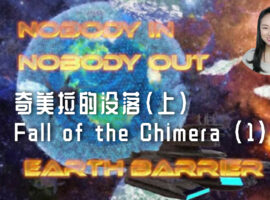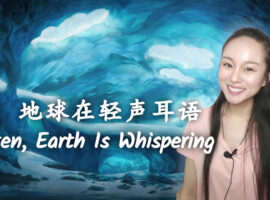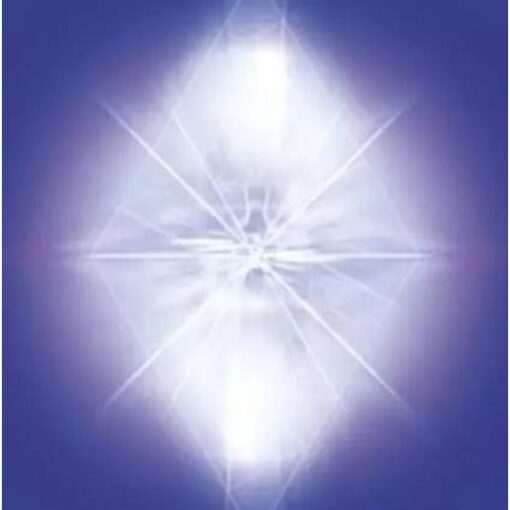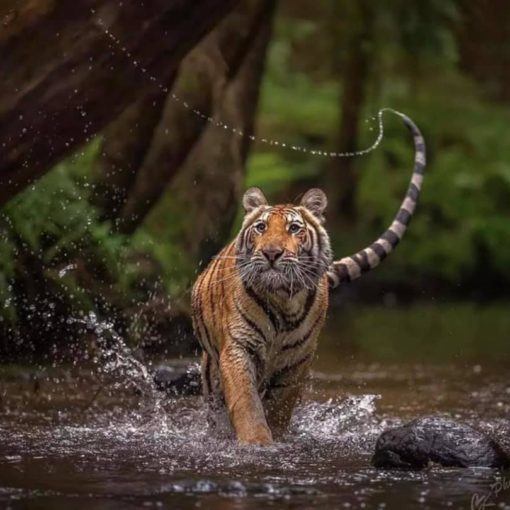Portraits of Stars and Planets
行星与五气
In Chinese mythology, most beings in the celestial worlds more or less look like humans. The difference between the bodies of the terrestrial humans and the celestial beings are that the latter is much more refined in substance, more graceful in appearance, lighter in weight, shining in colour and transformable in shape since it is not formed with flesh and blood but pure Qi.
在中国神话中,大多数的天界众生或多或少都描绘成人的样子。天人和凡人的区别在于,天人的身体更加精细,形态上更加优雅,更加轻盈,更加靓丽,形态是可以变化的,因为天人的身体不是由血肉组成,而是纯粹的气。
目录
The Big Dipper – The Celestial Ruling Group
北斗七星 — 天界的统治者
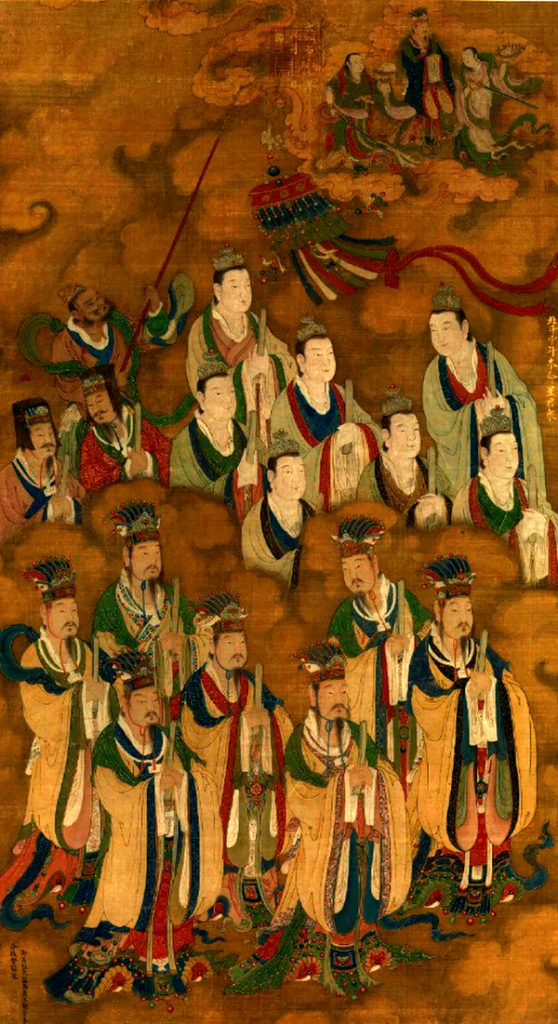
北斗七星,明代皇家水墨画
This is part of a painting about a grand ritual in heaven. The seven young men in casual clothing are 7 stars in the Big Dipper while nine middle-aged guys with beards in formal official attire are dippers’ assistants.
这幅画描绘的,是天界盛大仪式的一部分。七名着装休闲的年轻男士,代表了北斗七星的七颗星,画中央留着胡子的九名中年男子,他们着装正式,是北斗七星天人的协助者。
The painting was created by royal artists during the Jintai Era (1450-1456) in the early Ming Dynasty and was presented on special ceremonies to help the deceased to move forward and find a new life.
这幅画是明初景泰年间的皇家画家所作,在特殊的仪式中使用,用以帮助去世的人继续前进,寻找新的生活。
Such ceremonies are known as Meeting of Water and Earth (水陆大会) and the paintings hung for the occasions are, accordingly, called Paintings of Water and Earth (水陆画).
这种仪式被称为水陆大会,也是因为在特殊的场合才会悬挂这样的画作,因此这种画也被称作水陆画。
Jupiter the Agent of Wood Qi
木星,木气的使者
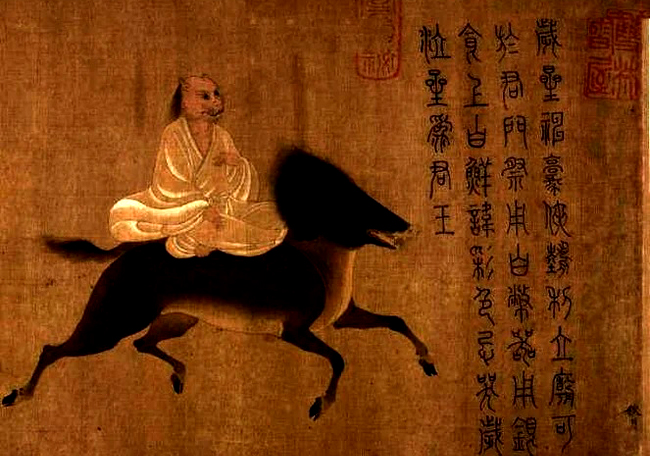
木星 – 唐朝艺术家的水墨画
Traditional Chinese culture regards all celestial objects as living beings and five major planets in the solar system the agents channelling five different cosmic Qis.
传统的中国文化,把所有的天体都看作有生命的存有,太阳系的五颗主要行星,则是传导宇宙中五种不同的气的传导者。
(译注:气是中国哲学、道教和中医学中常见的概念。中国历史春秋战国时代的思想家,将气的概念抽象化,成为天地一切事物组成的基本元素,有着像气体般的流动特性。人类与一切生物具备的生命能量或动力,以及宇宙间的一切事物,均是气的运行与变化的结果。中医学认为,气是人体的第一道防护线,聚于体里保护着脏腑,而流散发于肤表以防外邪侵入而导致疾病发生。来源:维基百科)
Jupiter, a symbol of benevolence and fortune and the leading planet in the solar system, is said to direct Wood qi to Earth for life, growth and development and depicted in the Tang Dynasty painting as a celestial immortal with a head of a leopard and a wild boar as his personal vehicle.
木星,象征着仁慈和福祉,是太阳系的主要行星,据说,木星把木气传导至地球,从而让万物得以生长繁衍。唐朝的画家把木星描绘为拥有着豹子头的存有,他的坐骑则是野豹。
Mars the Agent of Fire Qi
火气的使者

火星 — 唐朝艺术家的水墨画
Mars, the planet representing radical transformation or violent confrontation and emitting Fire qi towards Earth, is depicted in a Tang Dynasty painting as having a head of a donkey with six arms, each holding a unique weapon.
火星,这颗行星代表着激烈的变革、猛烈的对抗,传导火气来到地球。这颗行星在唐代的绘画中被描绘为有着六只手臂驴头人身的存有,每只手都拿着不同的武器。
Saturn the Agent of Earth Qi
土星,地气的使者
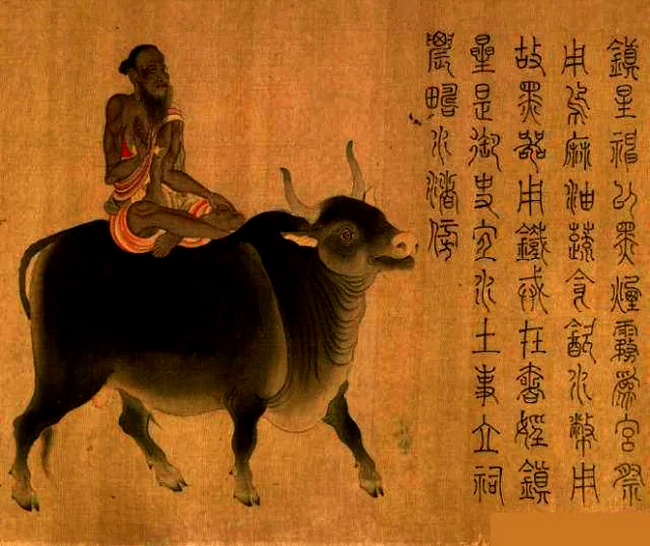
火星 — 唐朝艺术家的水墨画
Planet Saturn is illustrated in a Tang Dynasty painting as a farmer riding on the back of a buffalo and releasing Earth qi accordingly.
土星在唐朝被描绘为,骑在水牛背部的农民,向地球传导着地气。
Venus the Agent of Metal Qi
金星,金气的使者
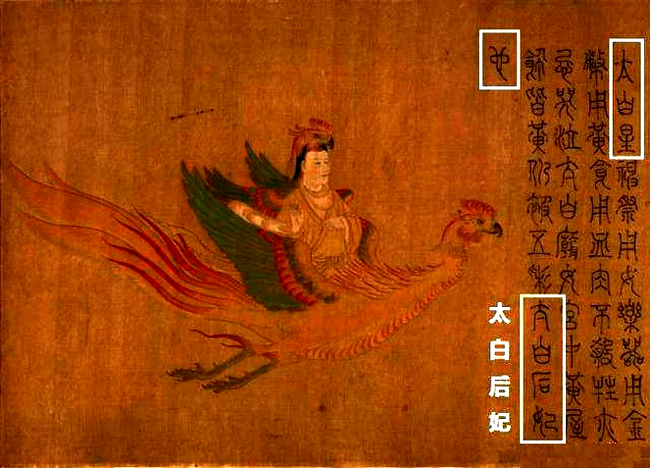
金星驾着凤凰 — 唐朝艺术家的水墨画
Planet Venus, often appeared in ancient Chinese paintings as a female immortal, is said to be a heavenly source for Metal Qi.
金星,在中国古画中常以仙女的形象示人,据说,传导天界的金气来到地球。
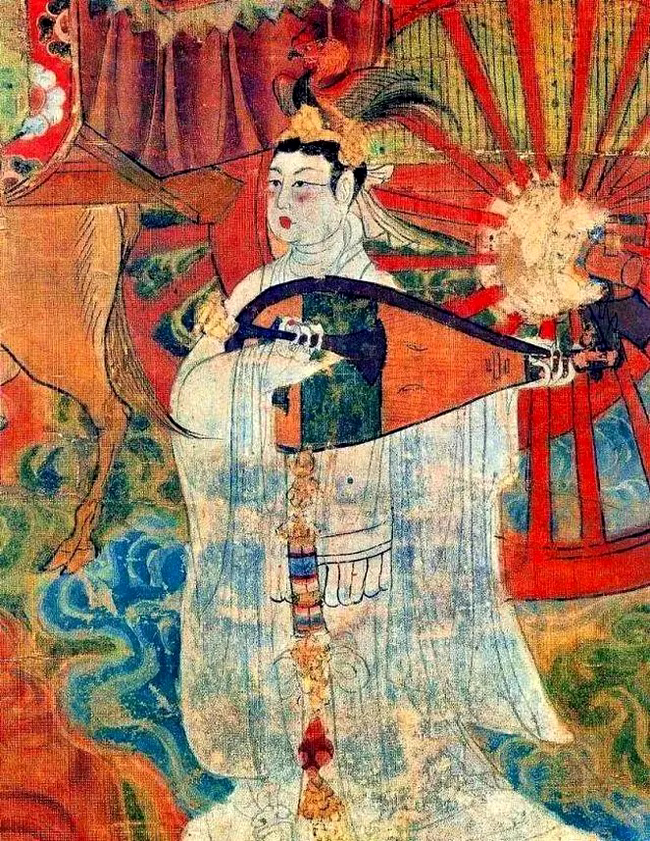
金星弹奏琵琶 – 十三世纪的中国壁画
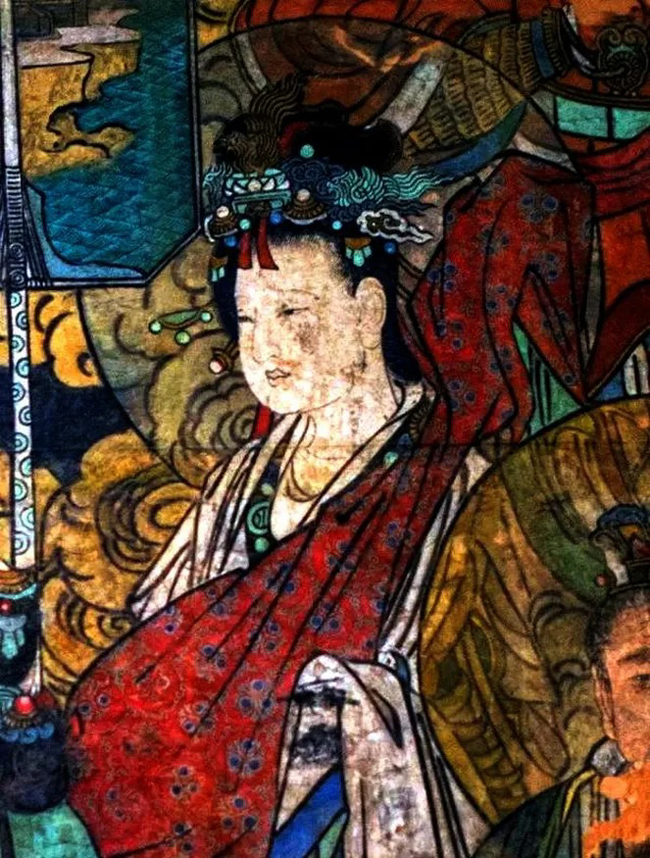
沉思中的金星 – 十三世纪的中国壁画
Mercury the Agent of Water Qi
水星,水气的使者

水星 — 唐朝艺术家的水墨画
Planet Mercury is depicted in a Tang Dynasty painting as a female magistrate in heaven.
在唐代的绘画中,水星被描绘成,天界中的女官。
原文:https://www.viewofchina.com/portraits-of-planets/
翻译:Soluna
